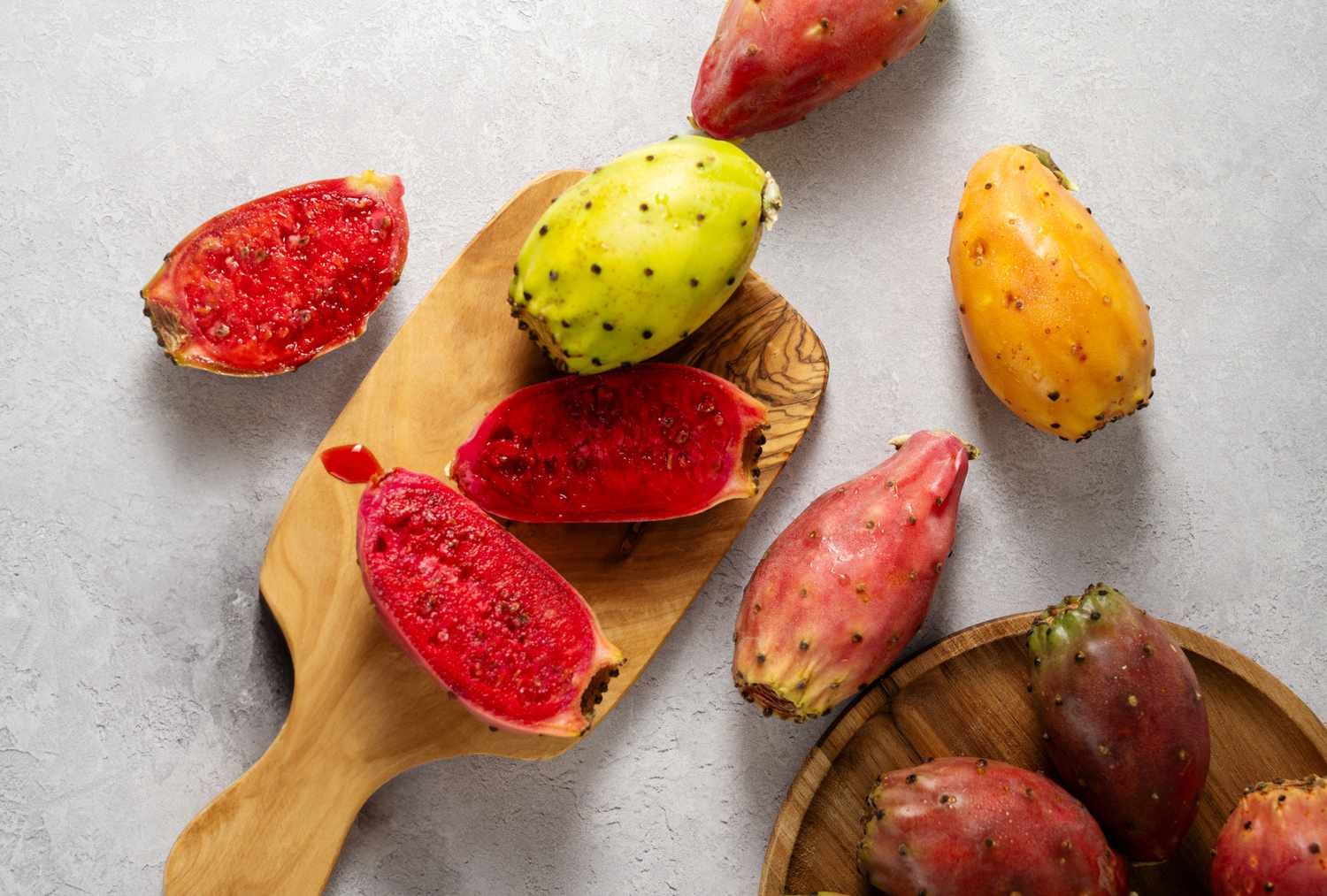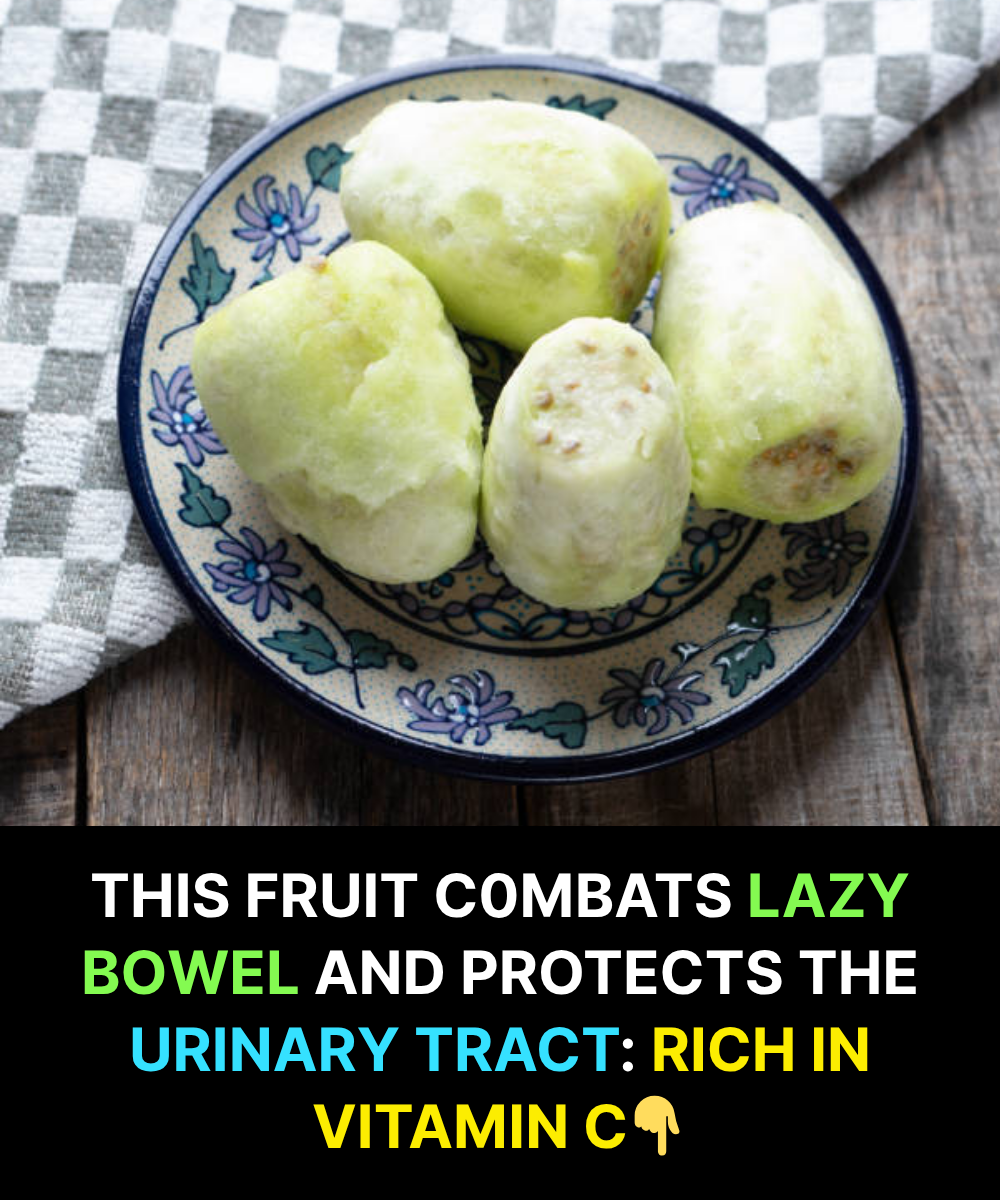Nutritional Values (per 100 g of fruit)
While the fruit is the most commonly eaten part, the flower petals and pads are also edible. Here are the average values for 100 grams of fruit (most fruits weigh over 150 grams):
• Water: 83.2 g
• Calories: 63 kcal
• Protein: 0.8 g
• Fat: 0.1 g
• Cholesterol: 0
• Carbohydrates: 12 g
• Fiber: 5 g
• Sodium: 1 mg
• Potassium: 190 mg
• Calcium: 30 mg
• Phosphorus: 25 mg
• Iron: 0.4 mg
• Vitamin C: 18 mg
• Vitamin A (retinol equivalent): 10 μg

Health Benefits
Prickly pears have so many beneficial properties that they’re often considered a superfood. In traditional Mexican medicine, the pulp and cactus juice have been used to treat skin wounds, stomach bloating, digestive issues, and urinary tract infections.
Nutritionally, they’re a great source of potassium, calcium, phosphorus, vitamin C, and vitamin A. They’re also high in fiber, which helps with constipation, and are relatively low in calories.
Possible Side Effects
Prickly pears are generally safe to eat, but some people may experience nausea, mild diarrhea, or bloating. Eating too many can cause intestinal blockage. People with diabetes should be cautious, as the fruit can lower blood sugar levels—especially risky for those with hypoglycemia or on blood sugar–lowering medication.

How to Eat Them
To enjoy prickly pears, you first need to harvest and peel them—a process that’s not as straightforward as it sounds because they’re covered in spines. Wear gloves and rinse the fruits under running water to clean them and soften the spines. Slice the skin lengthwise and peel it away vertically, removing both ends first. You can then slice the fruit and eat it fresh, add it to fruit salads, make jams or juices, or pair it with meat dishes.
Nutritional Values (per 100 g of fruit)
While the fruit is the most commonly eaten part, the flower petals and pads are also edible. Here are the average values for 100 grams of fruit (most fruits weigh over 150 grams):
• Water: 83.2 g
• Calories: 63 kcal
• Protein: 0.8 g
• Fat: 0.1 g
• Cholesterol: 0
• Carbohydrates: 12 g
• Fiber: 5 g
• Sodium: 1 mg
• Potassium: 190 mg
• Calcium: 30 mg
• Phosphorus: 25 mg
• Iron: 0.4 mg
• Vitamin C: 18 mg
• Vitamin A (retinol equivalent): 10 μg

Health Benefits
Prickly pears have so many beneficial properties that they’re often considered a superfood. In traditional Mexican medicine, the pulp and cactus juice have been used to treat skin wounds, stomach bloating, digestive issues, and urinary tract infections.
Nutritionally, they’re a great source of potassium, calcium, phosphorus, vitamin C, and vitamin A. They’re also high in fiber, which helps with constipation, and are relatively low in calories.
Possible Side Effects
Prickly pears are generally safe to eat, but some people may experience nausea, mild diarrhea, or bloating. Eating too many can cause intestinal blockage. People with diabetes should be cautious, as the fruit can lower blood sugar levels—especially risky for those with hypoglycemia or on blood sugar–lowering medication.

How to Eat Them
To enjoy prickly pears, you first need to harvest and peel them—a process that’s not as straightforward as it sounds because they’re covered in spines. Wear gloves and rinse the fruits under running water to clean them and soften the spines. Slice the skin lengthwise and peel it away vertically, removing both ends first. You can then slice the fruit and eat it fresh, add it to fruit salads, make jams or juices, or pair it with meat dishes.

